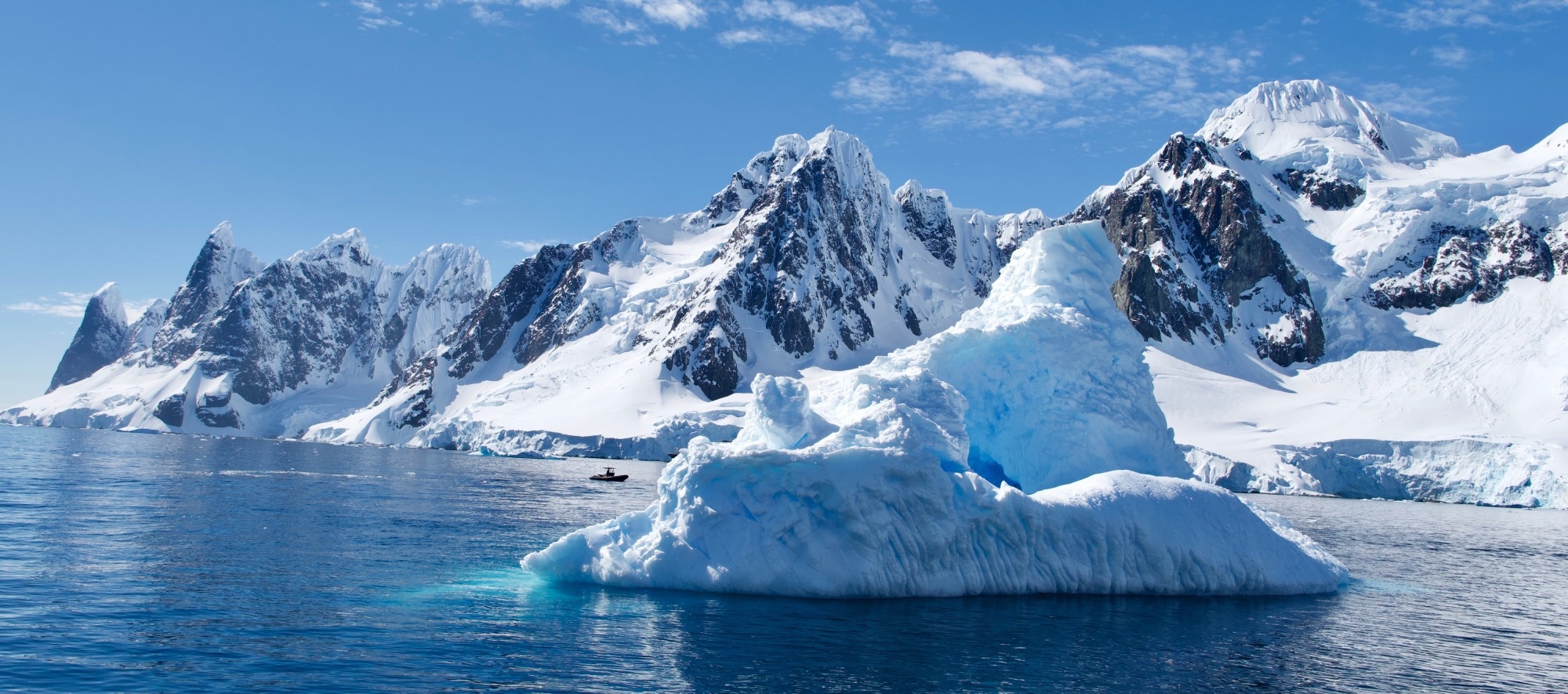Reviewed by Mila PereraSep 16 2022
Researchers have created the first charts of Antarctic Ocean temperatures over the past 45 million years using molecular fossils and machine learning, which provides crucial information on future sea level changes.

Image Credit: Shutterstock.com/David Walton
Researchers from Victoria University of Wellington in New Zealand and Birmingham in the United Kingdom claim that their findings indicate a “tipping point” where ocean warming brought on by atmospheric CO2 would cause sea levels to increase dramatically as ice sheets melt.
The findings were published on September 15th, 2022, in Nature Geoscience.
The research team examined molecular fossils found in core samples obtained from ocean drilling operations. These remains are single lipid molecules made by archaea, which are bacteria-like, single-celled, water-insoluble creatures.
As a reaction to fluctuating water temperatures, the archaea modify the makeup of the lipids in their outer membranes. By analyzing these changes, scientists can infer information about the ancient sea temperature that would have surrounded a sample upon its death.
While palaeoclimatologists frequently employ these molecular fossil techniques, the teams from Wellington (NZ) and Birmingham (UK) improved the method using machine learning, providing the first-ever record of increasing Antarctic water temperatures across a large portion of the Cenozoic period, which spans the last 45 million years.
Scientists can now determine the historical temperatures that caused ice sheets to expand and contract at those times with greater precision. In the Antarctic, the future loss of ice sheets and the retreat of glaciers are crucial since they could cause sea levels to increase by up to 50 m.
The record we’ve produced offers a much more robust overview of fluctuating Antarctic temperatures and how these relate to changes in the amount of ice, and the topography of Antarctica, over this period and paves the way for improved estimates of future events.
Dr. James Bendle, Study Lead Author, University of Birmingham
Over the past 45 million years, a relationship has existed between CO2, sea surface temperatures, and the quantity of ice on Antarctica.
One unexpected discovery, however, was that ocean cooling did not necessarily precede increased Antarctic ice. Particularly, between 25 and 24 million years ago, the oceans cooled for a million years, but this was not followed by ice growth.
“We show that this is likely related to tectonic subsidence and the influx of relatively warm ocean water in the Ross Sea region,” says Dr. Bendle.
Dr. Bendle added, 'We can see that ice in Antarctica is currently changing—not least with the loss of some ice-shelves and cracks appearing recently in the Thwaites Glacier, one of the largest glaciers in the region.'
This new study of Earth’s past is one of the clearest indications yet that humans continue to produce CO2 levels for which we can expect major ice loss at the Antarctic margins and global sea-level rise over the coming decades and centuries.
Dr. James Bendle, Study Lead Author, University of Birmingham
The team intends to keep using machine learning and biomarker techniques to rebuild Antarctica’s climatic evolution and its consequences for future warming and sea level rise.
The International Ocean Drilling Programme, Antarctica New Zealand, The Royal Society Te Aprangi Marsden Fund, The Natural Environment Research Council, The Scientific Committee of Antarctic Research, and the US National Science Foundation award supported and made the effort possible.
Additionally, the study received assistance from Yale University, the Royal Netherlands Institute for Sea Research, and the University of Birmingham.
Journal Reference
Duncan, B., et al. (2022) Climatic and tectonic drivers of late Oligocene Antarctic ice volume. Nature Geoscience. doi.org/10.1038/s41561-022-01025-x.